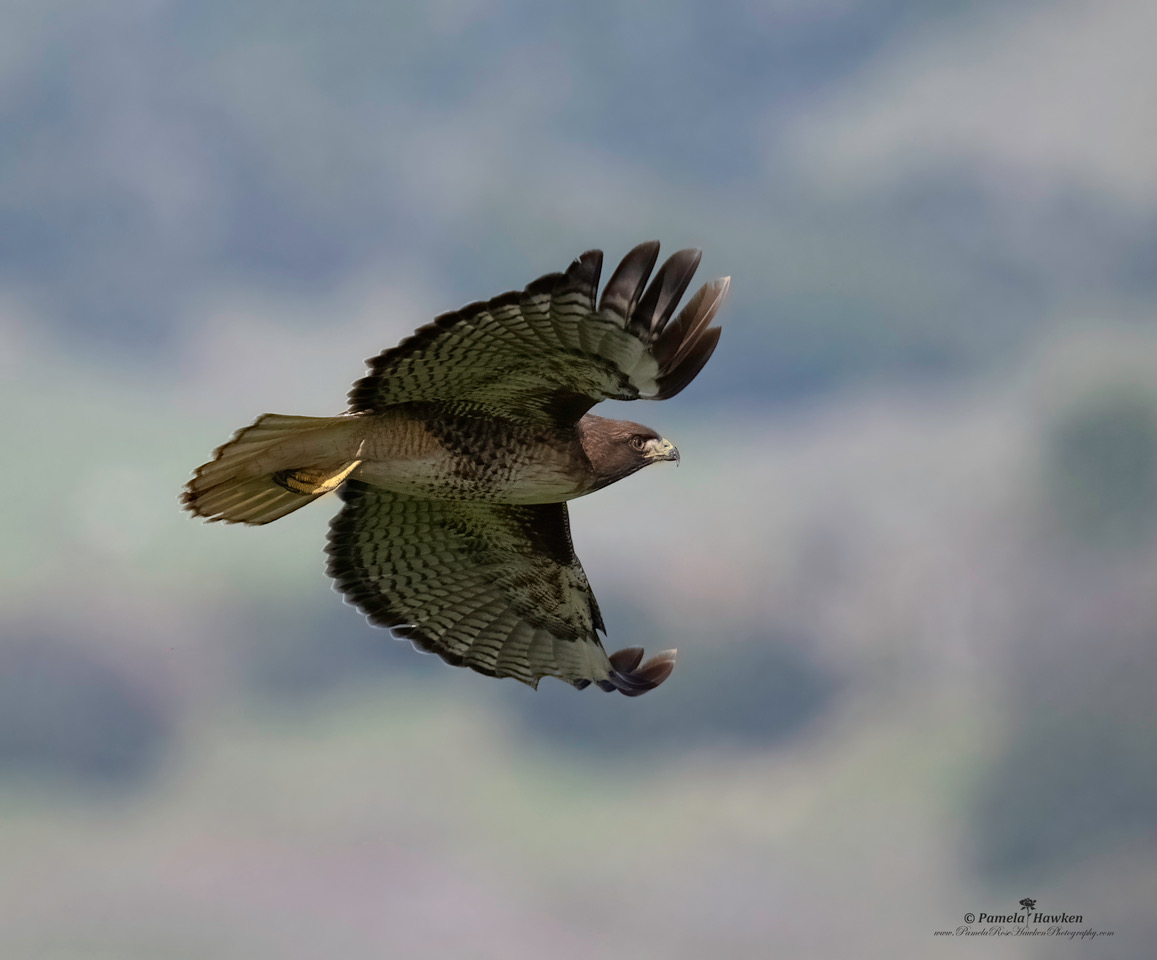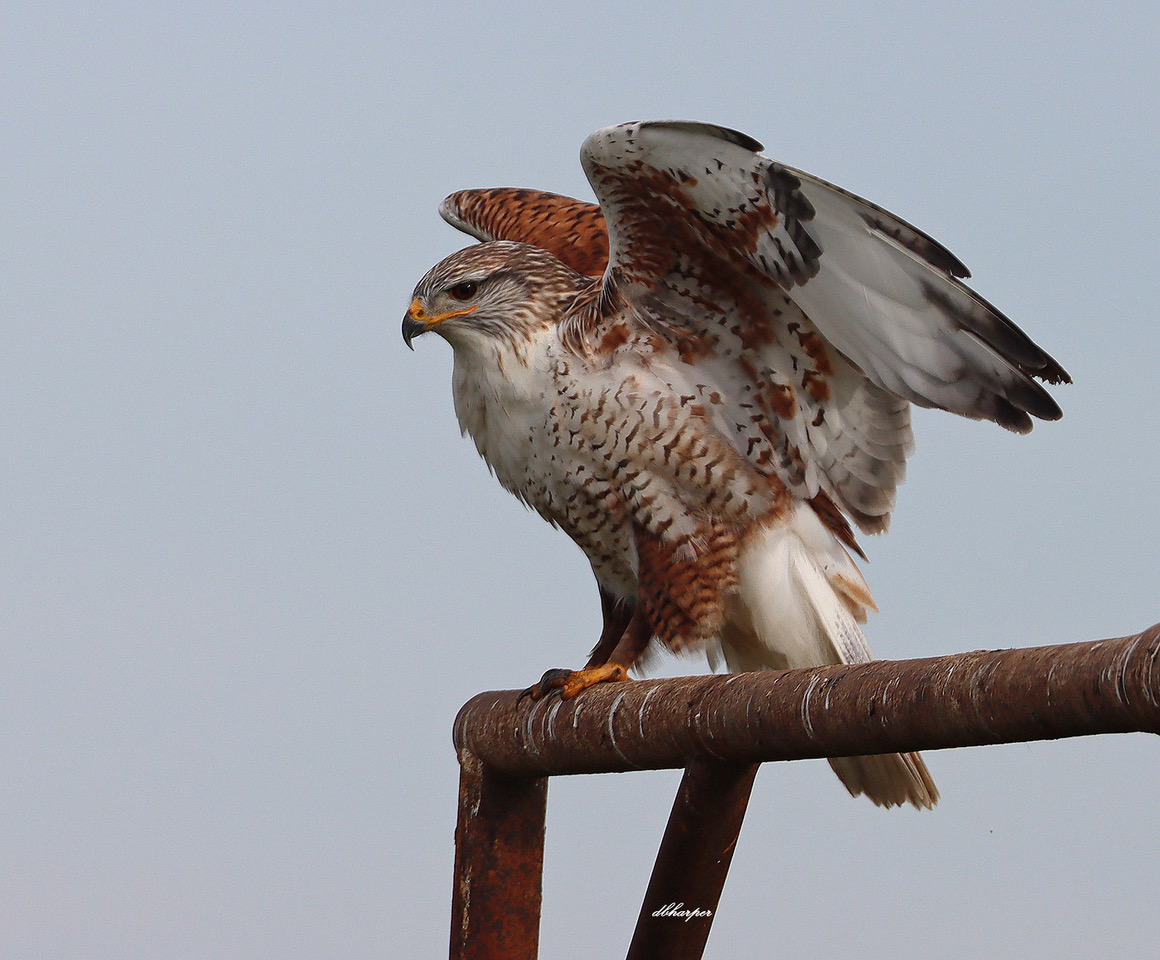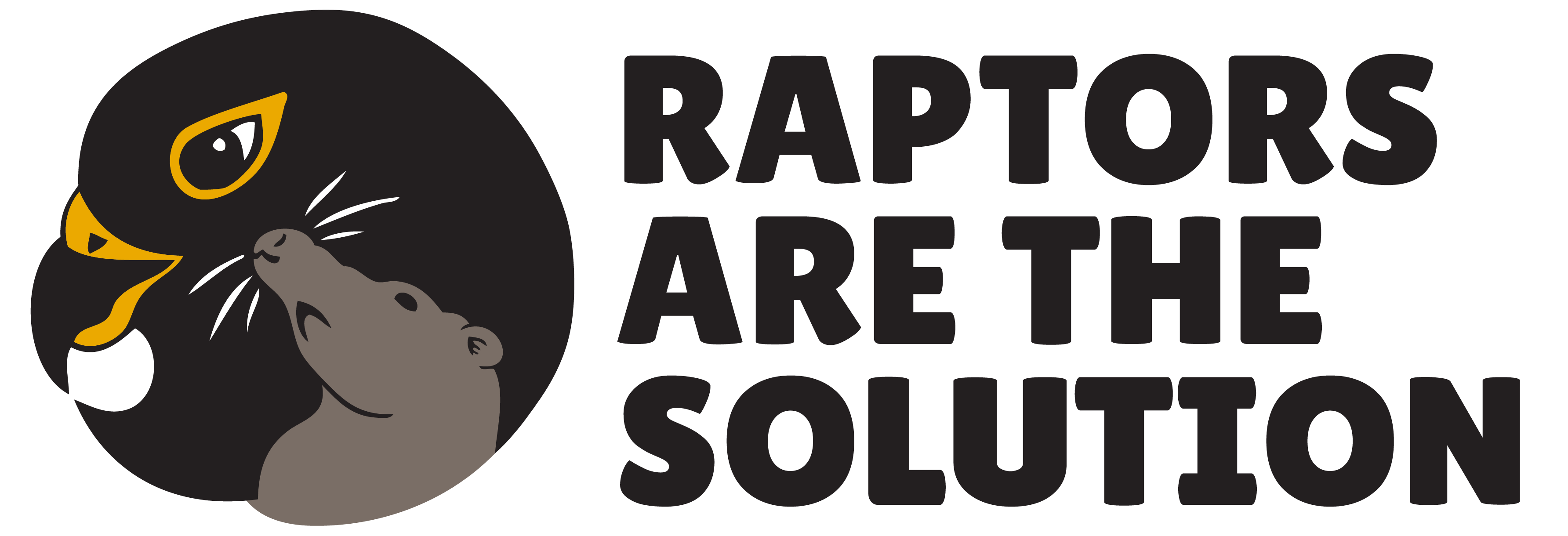by Joe Eaton

(Full article from RATS Tales February 2024)
The case against the first-generation anticoagulant rodenticide (FGAR) chlorophacinone was strengthened by recently published research documenting its sublethal effects on red-tailed hawks. In the journal Environmental Science and Pollution Research, US Geological Survey biologist Nimish Vyas and his co-authors report that when red-tailed hawks fed on prairie dogs who had consumed chlorophacinone bait, the hawks demonstrated prolonged blood clotting and appeared to have difficulty regulating their body temperatures.
Along with earlier work by Vyas involving chlorophacinone and non-target wildlife, the new study suggests that raptors and other predators are suffering collateral damage in western ranchers’ endless war on prairie dogs.
The five prairie dog species that inhabit the western plains from Canada into Mexico are major players in grassland communities. Biologists characterize these small colonial ground squirrels as keystone species and ecosystem engineers. They’re prey for the endangered black-footed ferret, as well as swift foxes and multiple raptor species. Their tunnels provide housing for burrowing owls and a variety of mammals, reptiles, and amphibians. Mountain plovers forage for insects where prairie dogs keep the grass short, and bison and pronghorns prefer to graze there. As they dig, the rodents aerate and enrich the soil and increase its ability to absorb water.
Despite all this, prairie dogs have been the target of relentless persecution for well over a century. Ranchers are convinced that the rodents compete with cattle for forage, despite lack of conclusive evidence. Susceptibility to bubonic plague hasn’t helped their image, notwithstanding the rarity of prairie-dog-to-human transmission. Poisoning and shooting reduced formerly vast colonies to patchy remnants, with federal and state agencies eager participants in the slaughter. The US Department of Agriculture’s death squad, Wildlife Services, has poisoned prairie dogs on public and private lands. So have the US Forest Service, the US Fish and Wildlife Service, the Bureau of Land Management, and even the National Park Service (under a “good neighbor” arrangement with landowners bordering parks). Western state governments, dominated by agricultural interests, have been even more aggressive.
“Chlorophacinone is the chemical of choice for prairie dog control,” explains Vyas. Commercial formulations include Rozol and Ka-Put. His research was sparked by controversy over the US Environmental Protection Agency’s registration of chlorophacinone for use on prairie dogs. It’s been claimed that the chemical carries minimal risk of secondary poisoning of non-target species because bait is placed in the rodents’ burrows and most of the victims die underground, not on the surface where they are accessible to predators and scavengers.
Vyas’s fieldwork on private land in Colorado challenges those assumptions.
Prairie dogs or other animals have moved subterranean bait out of their burrows, resulting in exposure to grain-eating birds like meadowlarks and horned larks. Dead and dying prairie dogs were found above ground in a colony where chlorophacinone had been used. Ferruginous hawks preferentially hunted prairie dogs in a chlorophacinone-treated colony, ignoring a nearby poison-free colony; chlorophacinone appeared to make the rodents slower and less alert, and therefore more attractive prey.

In Vyas’s most recent study, black-tailed prairie dogs from the Rocky Mountain Arsenal National Wildlife Refuge were fed Rozol, then offered to red-tailed hawks captured in the Denver area. While the refuge is a former Superfund site, the rodents came from uncontaminated sites. The hawks—which included local residents and winter visitors—were observed while in captivity, tested for anticoagulant effects, and monitored through telemetry and visual tracking after being released. No test subjects died, but all the exposed hawks exhibited prolonged blood clotting time in two standard tests—a more uniform response than in a previous study involving captive-reared American kestrels.
After release, four of the six exposed redtails were observed repeatedly fluffing up their feathers, a process called ptiloerection which traps insulating air to help maintain a stable body temperature in cold weather. The mechanism is similar to goosebumps in humans. “Those birds that showed the most frequent and longest duration of ptiloerection had the most affected blood values,” Vyas says. Ptiloerection was not seen in any of the hawks before chlorphacinone exposure, although they were tethered to outdoor perches during the Colorado winter.
Ptiloerection has been documented in birds whose ability to thermoregulate was impaired by disease, starvation, hypothermia, or contaminants. Nonresident wintering hawks had longer clotting times and a higher frequency and duration of ptiloerection than territory-holders that were part of mated pairs. “For me, the most exciting thing is that it’s showing sublethal effects,” Vyas says. (Sublethal effects in wildlife from anticoagulants are understudied.) He also points out that the study was the first of its kind using free-flying raptors. Further research may identify other such effects, including reduced hunting efficiency, susceptibility to disease or fatal accidents, and increased sensitivity to lead and other toxicants. Vyas would like to repeat the experiment with ferruginous hawks, which are declining in much of their North American range.
